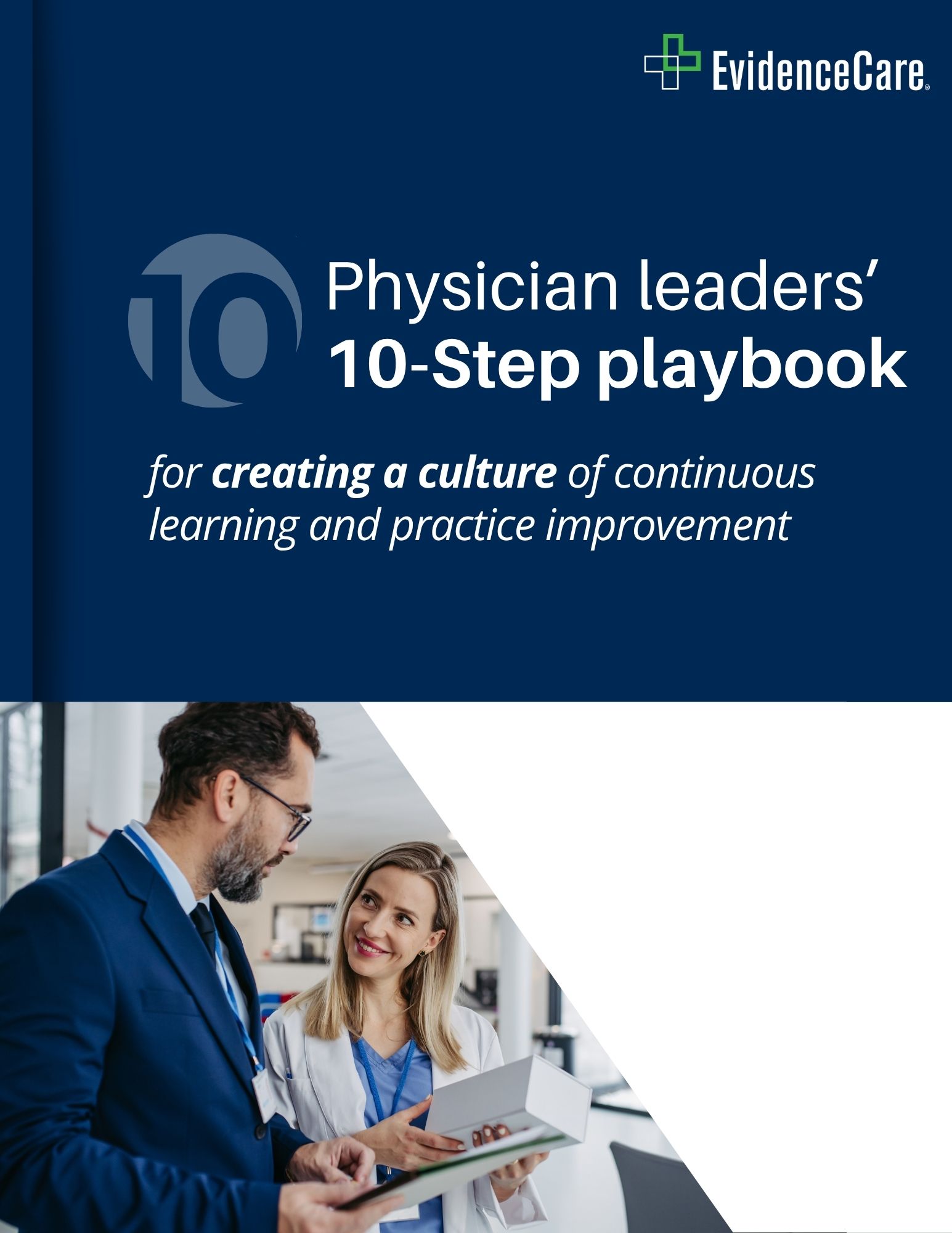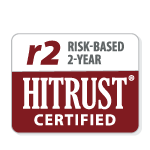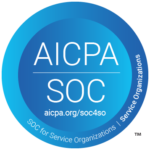Quality Improvement in Hospitals
The need for quality improvement in hospitals is not one you can ignore. A quality improvement framework prioritizes safety and systems quality. For this reason, many hospitals and healthcare facilities are looking into quality improvement models that incorporate continuous quality improvement principles and data-driven methodologies.
Improving healthcare quality is a growing focus of administrators in healthcare systems. When healthcare practitioners, especially leaders, set standards for their organizations, they apply quality improvement models. These improvement efforts often rely on a structured approach—like a PDSA cycle (Plan-Do-Study-Act)—to systematically test, measure, and refine strategies.
Quality improvement models focus on ensuring safe, timely, equitable, and patient-centered care. Healthcare facilities aim to reduce costs and enhance patient outcomes through quality improvement. Many of these efforts are guided by examples quality improvement has showcased within the broader healthcare improvement community.
Additionally, quality improvement programs help hospitals implement change effectively. Hospitals can introduce various quality improvement projects aimed at different goals. However, individual projects are usually geared towards a central bigger picture: promoting better healthcare outcomes.
Examples of hospital quality improvement projects include:
-
- Introducing medical systems that ensure proper data recording to promote data safety and prevent issues related to improper data handling. Instituting robust data collection methods is vital to these quality improvement efforts.
- Implementing safety standards to improve the safety of healthcare delivery; for example, installing structures for preventing patient falls and accidents within the hospital.
- Devising plans to reduce or eliminate postoperative infections among patients.
- Applying data-driven approaches to reduce the amount of time patients stay at the hospital, especially during outpatient services.
- Implementing measures to reduce hospital readmissions.
- Introducing measures that decrease hospital admission errors, such as electronic medical record documentation.
Hospitals implementing these strategies can build a foundation for scalable, long-term improvements. By aligning these outcomes with care quality improvement priorities, organizations can provide quality care in a more consistent and cost-effective manner.
Quality Improvement in Healthcare
Quality improvement in healthcare has become an area of focus among healthcare leaders. Quality measures in healthcare help ensure the best patient outcomes and improve services in real-world scenarios. However, there is more to quality improvement than just numbers.
So, what is quality improvement in healthcare? Quality improvement is a systematic, data-guided approach that aims to improve the quality, efficiency, and safety of healthcare delivery.
Therefore, quality improvement in healthcare is a set of focused practices aimed at monitoring, analyzing, and enhancing processes to improve healthcare outcomes in organizations. These may include lean sigma techniques to streamline waste and ensure process improvement across various departments.
Quality improvement project ideas usually begin with the identification of problems within a healthcare organization. Then, it is followed by the implementation of initiatives for quality improvement and outcome monitoring to ensure the project is working to achieve its goals.
Quality measurement in healthcare is also usually part of the process. Healthcare organizations can introduce various quality improvement ideas in different departments and care provision areas. By relying on data collection and evidence-based methods, these ideas can drive improvements that enhance both public health and clinical outcomes.
For instance, some ICU quality improvement ideas are:
-
- Focusing on handoffs and transition points to eliminate medical errors in the ICU.
- Implementing early warning scores helps prevent errors after patients are admitted into the ICU.
- Establishing lists of medical response teams, including critical care physicians, nurses, and respiratory therapists for easy deployment during emergencies.
- Implementing resident work hour restrictions. Exhaustion and burnout among healthcare providers are common causes of issues in the ICU.
Let’s also look at some quality improvement topics in nursing:
-
- Improving teamwork within the nursing department
- Improving nursing workload to enhance patient safety
- Improving communications regarding patients and shift changes among the nurses and other professionals
- Reducing medication errors
- Reducing burnout, fatigue, and stress among nurses
Additionally, here are examples of quality improvement ideas for an emergency department:
-
- Improving patient flow in the ER
- Reducing patient waiting times
- Getting patient status correct at the point of admission
- Redesigning care delivery for more efficiency in the ER
How to Improve Quality Outcomes in Healthcare
There are many tools and measures that doctors and other health providers can use to improve quality outcomes in healthcare. The type of tools and measurements you choose will determine the strength of your outcomes. These tools may differ based on the department and the desired results, yet all share a commitment to continuous quality improvement.
The following healthcare quality improvement tips will guide you to improve quality outcomes in healthcare.
1. Reduce Medical Errors
Medical errors are among the leading causes of adverse health outcomes and unsafe care. They can result in diagnostic mistakes that jeopardize patient safety. Medical errors can be reduced by:
-
- Adherence to uniform safety processes
- Proper coordination among healthcare providers
- Enhanced health record keeping and interoperability
- Careful diagnosis procedures
2. Apply Healthcare Enhancement Technologies
Technical tools can also help improve healthcare quality by making it easier for patients to access care services. For instance, healthcare information management systems help with record-keeping and improving collaborations within healthcare organizations. Clinical decision support systems improve clinical decision-making, reduce burnout, and enhance patient safety. These data-driven solutions support improvement efforts for better health care quality.
3. Manage Chronic Diseases
Healthcare practitioners can help patients manage chronic diseases by:
-
- Providing easy access to resources
- Offering positive reinforcement
- Offering frequent follow-ups
4. Enhance Continuity of Care and Discharge Procedures
Healthcare practitioners can improve their outcomes by making sure appropriate continuity of care and discharge procedures are in place. This can be achieved by:
-
- Coordinating treatment plans with the patient’s other care providers
- Creating clear summary reports during discharges
- Proper communication and record keeping
Let’s look at some quality improvement strategy examples:
-
- Communicating with patients to educate them about their health and treatments
- Analyzing data regarding patient population and operational procedures
- Conducting patient satisfaction surveys
- Ensuring equity through the delivery of consistent care levels regardless of factors like race, gender, socioeconomic status, etc.
It is worth noting that improved quality outcomes in healthcare usually go hand in hand with quality improvement and care. Quality improvement initiatives enhance operational efficiencies, which promote patient satisfaction and enhance quality outcomes in healthcare facilities.
Benefits of Quality Improvement in Healthcare
Quality improvement initiatives in hospitals are not just beneficial, but also in today’s volatile market landscape, essential. For instance, strong initiatives can help healthcare organizations create and implement significant changes. These changes may range from financial savings to saving the lives of patients. By relying on data collection methods, healthcare improvement efforts yield tangible and measurable outcomes.
The recent pandemic helped highlight the need for quality improvement and better planning for emergencies in healthcare. The pandemic challenged care providers to provide impeccable care while protecting their patients, family, community, and themselves, which was quite hard to achieve with existing structures and resources.
For instance, emergency departments experienced difficulties managing the overflow of patients and separating them based on their symptoms. Quality improvement plans like better admission tools have now been proven to make such situations easier to manage.
Additionally, quality improvement initiatives in nursing help ensure that patients receive the best care and that healthcare institutions operate smoothly and efficiently. For example, quality record-keeping tools ensure that patient information is properly stored, shared, processed, and updated. This helps the various medical departments—like admitting physicians, hospitalists, and utilization review nurses—collaborate easier. It also helps reduce medical mistakes prompted by poor record-keeping.
The importance of quality improvement in healthcare also goes beyond the services that patients receive to benefit healthcare providers. For instance, better communication and collaboration tools help reduce stress and burnout among healthcare workers, which in turn fosters more sustainable improvement efforts.
Note that quality improvement is a continuous process. Therefore, its benefits are more visible when the process is well-monitored and focused at all levels. It is usually wise to concentrate on the immediate results so you can use them to improve the process.
Ready to Take the First Step?
For a deeper dive into actionable strategies, download our latest resource:
Download the 10-Step Playbook for Engaging Physicians in Quality Improvement
Quality Improvement Tools in Healthcare
There are many quality improvement tools in healthcare that you can apply to improve services, cut down on costs, and enhance patient satisfaction. These tools can help you implement your improvement strategies more efficiently.
Some quality improvement tools in healthcare include the following:
EvidenceCare
EvidenceCare is an example of efficient quality improvement software in healthcare. It helps ensure that doctors have all the necessary data at the point of care in a convenient format.
As a modern and unique CDS platform, EvidenceCare also helps resolve issues like medical errors and thin margins in for hospitals. By preventing errors, this tool can help healthcare facilities avoid lawsuits that may damage their reputation and finances. At its core, all of EvidenceCare’s software is focused on improving the way clinicians work to improve patient outcomes.
AdmissionCare
Healthcare providers often struggle to keep up with the constantly changing criteria for patient admission. Quality improvement software in hospitals can help ensure an easy and efficient admission process.
It also streamlines the intake process between doctors and other clinical departments in the hospital. Furthermore, AdmissionCare helps reduce physician and administration workload because physicians gain access to the right criteria and documentation at the point of care.
CareGauge
This quality improvement software helps keep track of care variance. This software provides real-time insight into utilization based on peer comparisons for common categories that contribute to unwarranted care variance that healthcare providers unknowingly practice.
For instance, doctors often get retrospective reports months after care is delivered that are expected to change behavior and gauge the quality of their services. CareGauge takes a more proactive approach to help doctors with better decision-making in real-time, in the EHR.
They can compare their decisions for a particular treatment with other decisions made by fellow practitioners for patients with similar conditions. CareGauge allows healthcare providers to get real-time feedback faster and more easily, which is the best way to improve quality in healthcare.
CareGauge reduces care variation and shortens length of stay in a way that’s non-invasive to physicians. CareGauge also allows physicians to see and track costs and care utilization insights. This helps promote the delivery of the best care to patients.
CareInsights
A mobile-first analytics platform designed specifically for physicians, CareInsights sends personalized, actionable insights directly to clinicians via text message—no login required. These insights focus on process metrics that physicians can control, like imaging utilization or lab ordering habits, and present comparisons to peers in their specialty and location. Delivered weekly and tailored by clinical leaders, CareInsights turns variation data into a simple, engaging feedback loop that drive meaningful improvement.
Schedule a demo with EvidenceCare today!





